'Not good': Butane from Irving Oil leak lingered 9 days after evacuees allowed to go home
Testing following Jan. 8 leak expected to continue until August, consultant tells Department of Environment
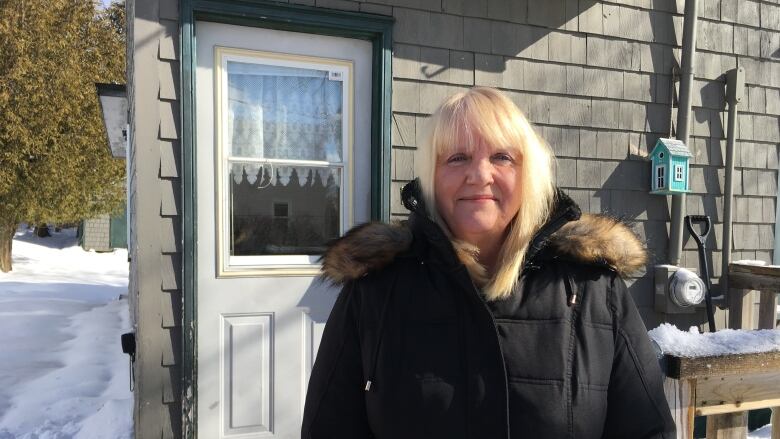
Butane from a leak at Irving Oil's Saint John East terminal in January was stillbeing detectednine days afterthe lastresidents were allowed to return to their homes, according to a consultant's report obtained byCBCNews.
"Some levels" remainedin certainmanholes and catch basins for up to two weeks after the leak was discovered on Jan. 8, the reportprepared by Dillon Consulting Limited and submitted to the Department of Environment states.
Butane is a colourless, highly flammable liquefied gas that quickly vaporizes at room temperature. "Extreme safety considerations against the hazard of explosion must be taken into account" when butaneis airborne.
If inhaled, the gascancause nausea, asphyxia and arrhythmia.
- On 'Butane Lane,' some people ask why Irving Oil doesn't want their homes
- Irving Oil in talks to buy homes near site of butane leak
- Report on Irving Oil butane leak that forced evacuation kept under wraps
"I don't feel very good about it," saidRuthVossen, one of the 84 people forced from their homes after the four-inch-diameter pipeline that runs from Bayside Drive to the refinery ruptured.
She said residents were assured on Jan. 13 that the problem was solved.
"We were told that the butane leak was fixed, clean,therewas no readings and it was safe for us to return home," saidVossen, who lives on Pleasant City Street, which has since been dubbedButane Lane.
"In the report it states that butane was recorded as being still there right up until the22ndof January.Nobody was made aware of that fact. Nobody.
"Not good. Not good."
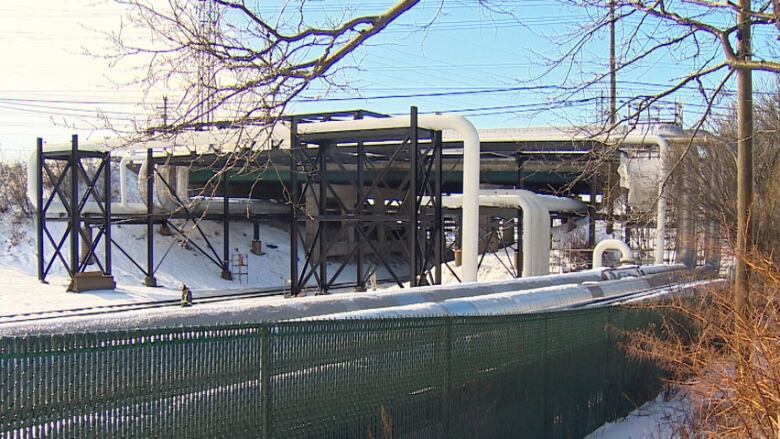
Irving Oil officials did not respond to a request for comment on Friday.
In acover letter submitted to the province with the consultant's report,Irving's refinery environment group lead Robyn McMullen describes the leak as a"loss of containmentincident."
Department of Environment spokesperson JeanBertinconfirmed the department has received a remedial action plan but said it's still being reviewed.
"Once the review is complete and the plan has been approved, the remediation work included in the plan will start," Bertin said in an email.
"Since the review is still in the process, the department has no further comment at this time."
Remediation, according to the report, will involve testing the air and soil for butane.
Testing is expected to continue until August, with a final report to be completed by Aug. 30, it states.
Cause and amount remain unclear
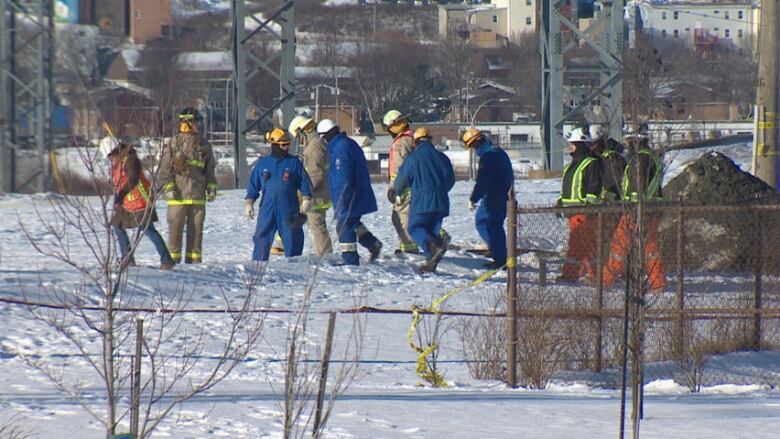
The total amount of liquid butane released from the above-ground pipeline "has not yet been determined," the report dated Jan. 31 states.
"However, given the properties of butane and the recent warm weather, our observation is that the residual butane [vapour] has safely dissipated."
The cause of the leak "is not currently understood and an investigation into the incident is underway," it states.
A preliminary investigation suggested the pipeline sustained a "small freeze split" because ofextreme cold weather,Irving Oil vice-president and chief operating officer Mark Sherman said at the time.
The pipeline holds an estimated 108 barrels, said Sherman. Each barrel holds about 159 litres, for a total of more than 17,000 litres.
The report does not contain any information about when the leak started.
Some residents who live near the terminaltoldCBCNews they detected an odour for about three days before the leak was discoveredon Jan. 8, around 11 a.m.,during a routine inspection of the "Plant 59 pipe way."
Homes within 10 metres of pipeline
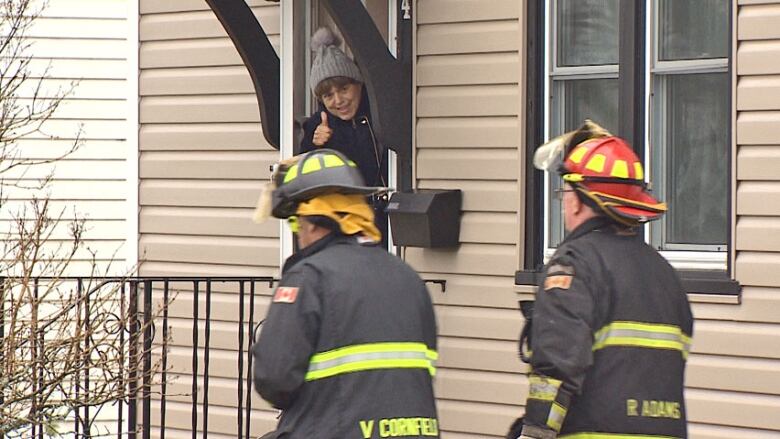
The pipeline runs adjacent to River Avenue near the pipeline underpass at Bayside Drive, in a mixed land-use area.
"The spill occurred on a pipeline right of way; however residential single family dwellings are located within 10 [metres] of the pipeline to the northwest," according to the consultant's report.
In addition to area homes being evacuated, the Saint JohnSPCAAnimal Rescueshelter was closed and traffic was rerouted around a blocked section of Bayside Drive as emergency responderspurgedthe lineandtested for residual vapours.
Testing, using handheld gas meters, was conducted at ground level in the release areaand in catch basins and manholes within 400 metres of the leak.
"There was a clear and sharp decline of butane levels over the first three days," based on verbal reports provided by Saint John Fire Department officials to Irving Oil,the Department of Environmentand Dillon during the emergency response, the report states.
But between Jan.15 and Jan. 22, "some levels of butane [remained] in specific manholes and catch basins in close proximity to the release point."
Residents of Spruce Avenue, First Street East and Second Street East returned to their homes on Jan. 12, followed by all other evacuees on River Avenue and Pleasant City Street the next day.
The subsequent butane readings are not provided, but the remedial action report proposes the target criteria for no further action be one per cent LEL,or lower explosive limit.
LELis the minimum concentration of a particular gas or vapour that is capable of combustingin the presence of an ignition source, such as a spark, heat or flame.Concentrations below theLELare too lean to burn.
One per cent LEL is thelevel that the Saint John Fire Department set for resident re-entry.
Liquid butane vaporized
Pooled liquid butane was visible on the ground at two locations on Jan. 8, when the leak was discovered,Dillon Consulting's site professional Jeff Earle found.
Access to the spill area was prohibited at that time.
By Jan. 9, when the consultant was hired, "much" of the pooled butane had vaporized. On Jan. 10, no liquid butane was visible and "only very low ground level butane vapour concentrations were measured."
Snow and ice that wasdirectly exposed to the liquid butane was removed from the site Jan. 10-11.Eight barrels were removed to off gas "at a safe location at the refinery,"the report states.
Firefighters flushed the sanitary and storm system Jan. 10 to Jan. 12 to clear residual butane, and starting Jan. 13, manholes were being vented using explosion-proof compressed air suctions systems.
As of Jan. 31, venting was still going on andwas expected to continue until residual levels were reduced to 10 per cent LEL.
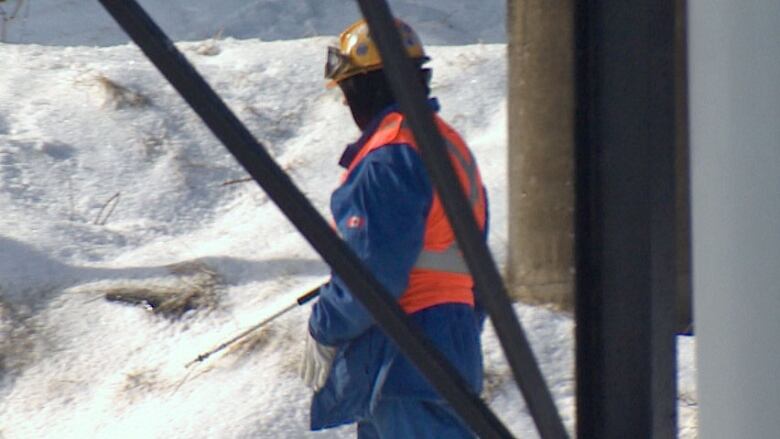
"It is recommended that testing continue periodically until ambient temperatures rise such that frost is no longer present in the shallow soils and ambient temperatures rise to an average of 15 degrees Celsius."
The consultant's report points out the regulation of contaminated sites in New Brunswick is based primarily on guidelines developed expressly for motive liquid fuel and lubricants.
"As such, [the guideline]is not completely applicable or compatible with a butane release; however, the assessment and remedial action principles can be generally applied to evaluate and manage contamination from a wide range of chemical constituents," it states.
"Since the assessment and remediation of butane is materially different than gasoline or fuel oil, it is expected that adjustment and revisions will be required during the course of the assessment and remediation as new information is gathered," it adds.
With files from Connell Smith












_(720p).jpg)


 OFFICIAL HD MUSIC VIDEO.jpg)
.jpg)



























































































